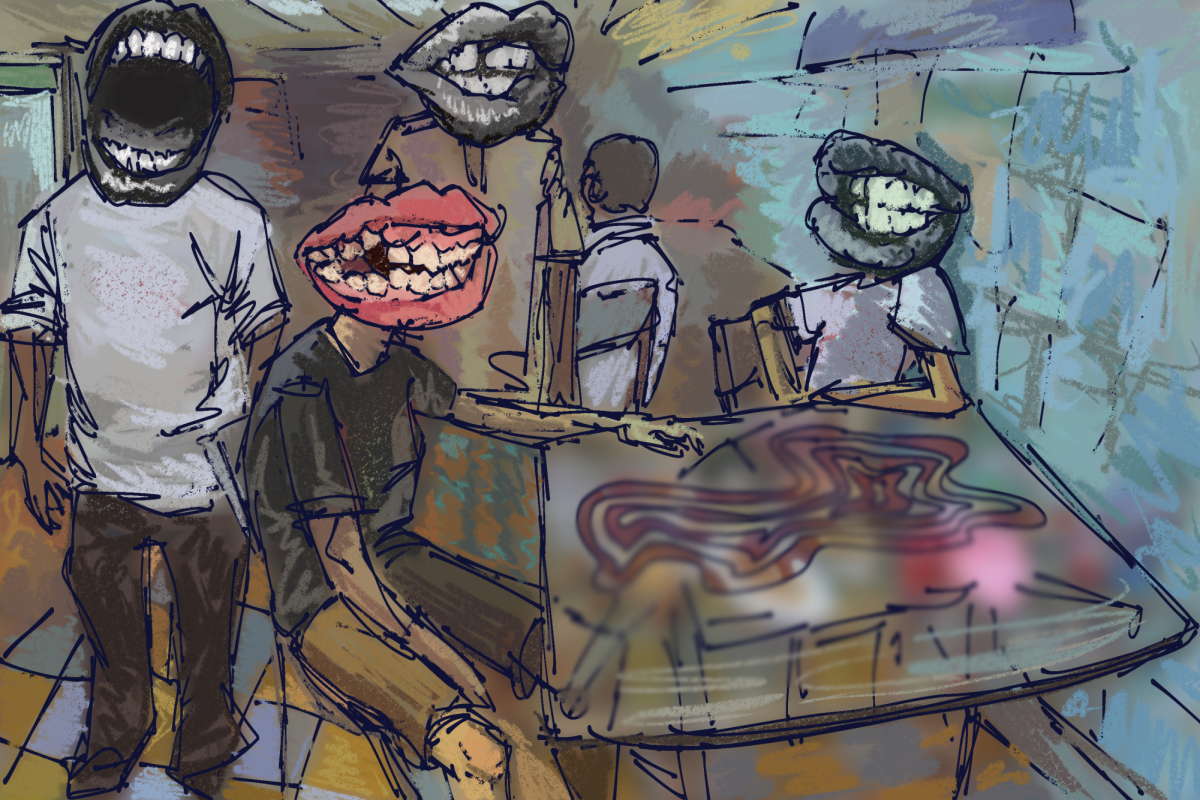The average UT student pays thousands of dollars for their education. However, for students in the UT School of Architecture, whose degrees span five years, tuition bills are accompanied by additional material costs each semester. Architecture majors may have to spend up to an extra thousand dollars per year purchasing materials for projects and paying for their toolkit.
Because of these additional costs, architecture students have to manage their finances and worry about money more than the average UT student. Due to steep material costs in an already-expensive major, the School of Architecture needs to find a way to make materials more cost-effective by providing more scholarships or financial aid to its students.
Architecture sophomore Jacob Levy said he spent around $250 in his first semester on materials on top of purchasing a $700 toolkit that is needed for projects throughout the degree.
“I’ve spent $30 on cardboard alone for each project, and I spent $80 on my final project first semester,” Levy said. “The costs really add up. As for the $700 (toolkit), not everyone has that kind of money, but you absolutely need the tools. Even if we can afford it, it’s still a lot of money that any student could use help with.”
Levy said in his second semester, he began skipping smaller assignments in order to avoid paying materials fees. Students should not have to choose between spending money and completing assignments, as this can affect both their education and ability to create projects.
“It was mostly the assignments where we were remaking certain aspects of our projects,” Levy said. “I was careful about it so that it didn’t hurt my grade, but it’s really unfortunate that I had to make that choice in the first place.”
The School of Architecture does provide the materials exchange, a place students can go to donate leftover materials for others to use. However, Levy said this exchange has proved inefficient since it only provides students with leftover scraps.
“There’s never full sheets of material there, so it’s only good if you’re in a pinch and need something small,” Levy said. “But if you actually need anything substantial, you have to go out and purchase it.”
When reached for comment, The School of Architecture said the school is aware of the financial issues that extra materials pose, and claims to be working to make the program more affordable by providing students with employment opportunities. However, employment can take time away from studying or other responsibilities.The school should find a more direct way to help students, such as providing commonly used materials like cardboard in bulk for all students to use.
“As an out-of-state student, it’s a lot of money,” Levy said. “I just wish that some of the money the school is given is used to help the students with the extra costs. It would be one less thing I had to worry about.”
Architecture majors should not have to worry about funding their assignments on top of their workload and extra year of tuition. The School of Architecture needs to help alleviate these costs so that architecture students can better focus on their education instead of worrying about extra financial burdens.
Nayak is a communication sciences and disorders sophomore from Austin.


















